JBL SCL-7 Manual
Læs gratis den danske manual til JBL SCL-7 (94 sider) i kategorien Højttaler. Denne vejledning er vurderet som hjælpsom af 15 personer og har en gennemsnitlig bedømmelse på 3.9 stjerner ud af 8 anmeldelser.
Har du et spørgsmål om JBL SCL-7, eller vil du spørge andre brugere om produktet?

Produkt Specifikationer
| Mærke: | JBL |
| Kategori: | Højttaler |
| Model: | SCL-7 |
Har du brug for hjælp?
Hvis du har brug for hjælp til JBL SCL-7 stil et spørgsmål nedenfor, og andre brugere vil svare dig
Højttaler JBL Manualer





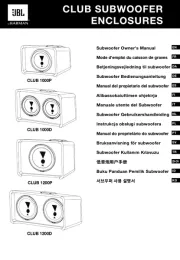
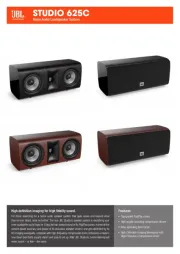
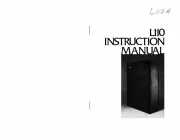
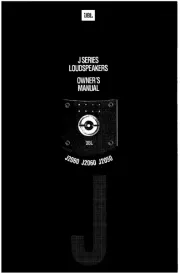
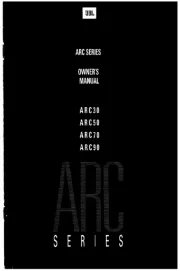
Højttaler Manualer
- Eton
- IMG Stageline
- JLab
- Qtx
- TC Electronic
- Xoro
- TRENDnet
- Kenwood
- Delvcam
- GEARit
- Audiotec Fischer
- Fun Generation
- Monitor Audio
- UB+
- SereneLife
Nyeste Højttaler Manualer









